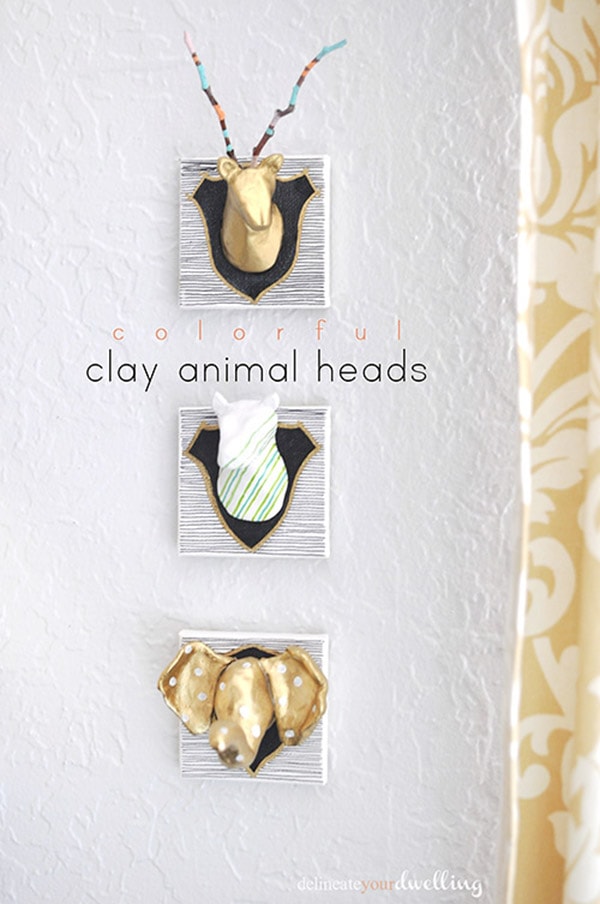Shrink charms are super easy to make and a fun activity for family and friends. It doesn’t matter if you’re artistic or not, making shrink charms gives everyone a chance to be creative!
All you need are…

- Shrink plastic (we used semi-transparent shrink plastic here, you can get the white shrink plastic and transparent ones from our online store!)
- Scissors
- Printed line art (you can get any picture off the internet)
- Colour pens, colour markers or sharpies
- Hole puncher
- Baking sheet
- An oven
- Charm straps
- Tweezers
- Varnish or gloss (you can find these at our online store too!)
Instructions:
1. (Optional) Cut the shrink plastic into smaller pieces.
2. Trace over your choice of printed line art (make sure it’s large enough or else it’ll shrink too much). We used a black sharpie for this as the colour comes out darker.

3. (Optional) Colour the tracing.

4. Punch a hole so you can connect the charm on a charm strap.
5. Cut around the art or you can cut according to the lines as well. Make sure to cut as close to the hole you punched so you can properly connect your charm strap!


6. Pre-heat your oven for about 10 minutes (make sure to line it with a baking sheet!). We set the temperature of ours to 140°C.
7. After pre-heating the oven, place your shrink charm onto the baking sheet. Make sure that the coloured side is facing up or else the colours might transfer to the baking sheet.

8. Set the timer to less than ten minutes. Get ready to watch the shrinking magic begin!
9. Once the timer runs out, wait for a few seconds before removing baking sheet. Allow it to cool for another few seconds before turning it over to the other side. Ensure that the side with the shrink charm is lying flat on a smooth surface.
10. Gently but quickly peel the baking sheet off the charm. Waiting too long might cause the baking sheet to adhere to it. Do not apply too much pressure on the charm as it might bend it too.

11. Once the charm cools, you can attach a charm strap to it. You can also apply a layer of varnish or gloss on the side where you drew/colored on to protect it from potential transfers, smudging and fading.
12. It’s now ready to use!
Email us if you have any enquiries at enquiry@craftiviti.com or pop by Craftiviti Craft Store at 10 Boulevard, Petaling Jaya, Malaysia.
If you found this post useful, please join us on Craftiviti Facebook or Instagram for more updates and demos!
Pssst, we're also available at Craftiviti.com!





















